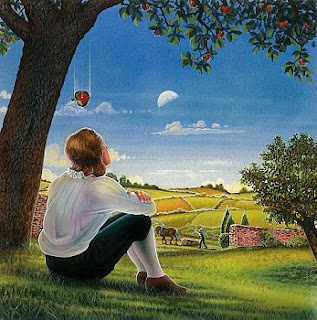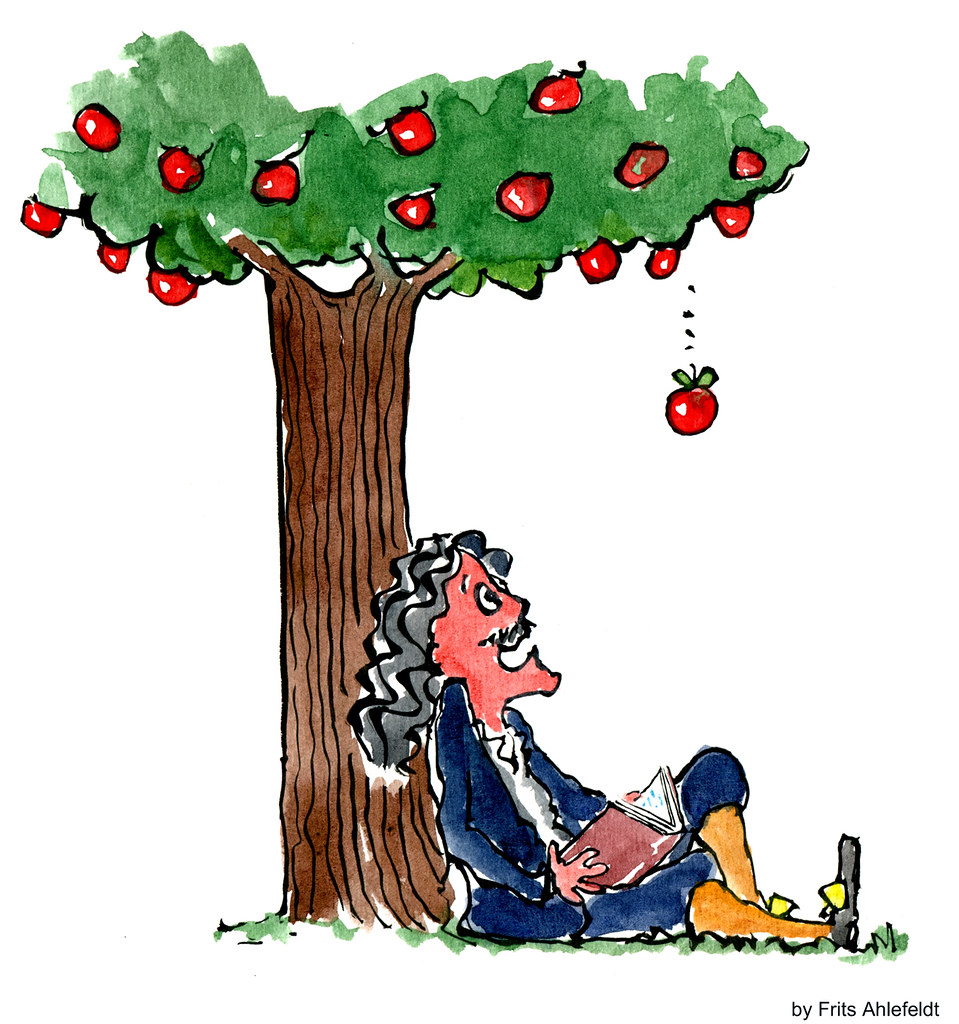

Biot has taken of the idle story of the dog Diamond, charged with fire-raising among Newton’s manuscripts, and of the influence of this accident upon the mind of their author, is utterly incomprehensible. Newton* remarks, that Sir Isaac never had an communion with dogs or cats and Sir David Brewster adds, that the view which M. Biot as a true story and he characterizes the accident as having deprived the sciences for ever of the fruit of so much of Newton's labours. The story of the dog Diamond, who threw down a lighted candle, which consumed some papers, the almost finished labour of some years, is given by M.

Professor de Morgan, however, questions whether the fruit was an apple, and maintains that the anecdote rests upon very slight authority. Sir David Brewster saw the reputed apple-tree in 1814, and brought away a portion of one of its roots. Green by Sir Martin Folkes, President of the Royal Society. It was mentioned, however, to Voltaire by Catherine Barton, Newton’s niece and to Mr. 26.) Sir David Brewster notes, that neither Pemberton nor Whiston, who received from Newton himself his first ideas of gravity, records this story of the falling apple. “When sitting alone in the garden,” says Sir David Brewster, “and speculating on the power of Gravity, it occurred to him, that as the same power by which the apple fell to the ground was not sensibly diminished at the greatest distance from the centre of the earth to which we can reach, neither at the summits of the loftiest spires, nor on the tops of the highest mountains, it might extend to the moon and retain her in her orbit, in the same manner as it bends into a curve a stone or a cannon-ball when projected in a straight line from the surface of the earth.” ( Life of Newton, vol. It appears that, in the autumn of 1665, Newton left his college at Cambridge for his paternal home at Woolsthorpe. The tree which, by the falling of its fruit, suggested to Newton the idea of Gravity, is of paramount interest. Some of these are but idle tales of wonder others are prompted by baser motives. About the life of Newton what a number of misstatements and fallacies cling to this day, notwithstanding the vigilance of his biographers. It would take him several more decades before he was able to publish his theory of universal gravitation into a historic book entitled Principia in 1687.Adapted from painting by Robert Hannah (early 1850s). Newton began attending Cambridge University in 1661, but due to an outbreak of the Bubonic Plague, he returned home in a few years.

To honor his links to the university and contributions to science, this tree was planted in 1954. Cambridge’s apple tree is an offshoot of the authentic tree now cared for by the National Trust, where Newton first saw the apple fall from its branches. This “Flower of Kent” apple tree, which grows outside the entrance to Trinity College, was originally grafted from the actual tree that resides at Newton’s childhood home in Woolsthorpe Manor, Lincolnshire. What few people are aware of is that the aforementioned tree actually exists.

However, the actual story has been embellished a bit over the centuries to ferment a narrative that has roots in reality. Mention the name of Sir Isaac Newton and most people will think of the discovery of gravity under an apple tree.


 0 kommentar(er)
0 kommentar(er)
